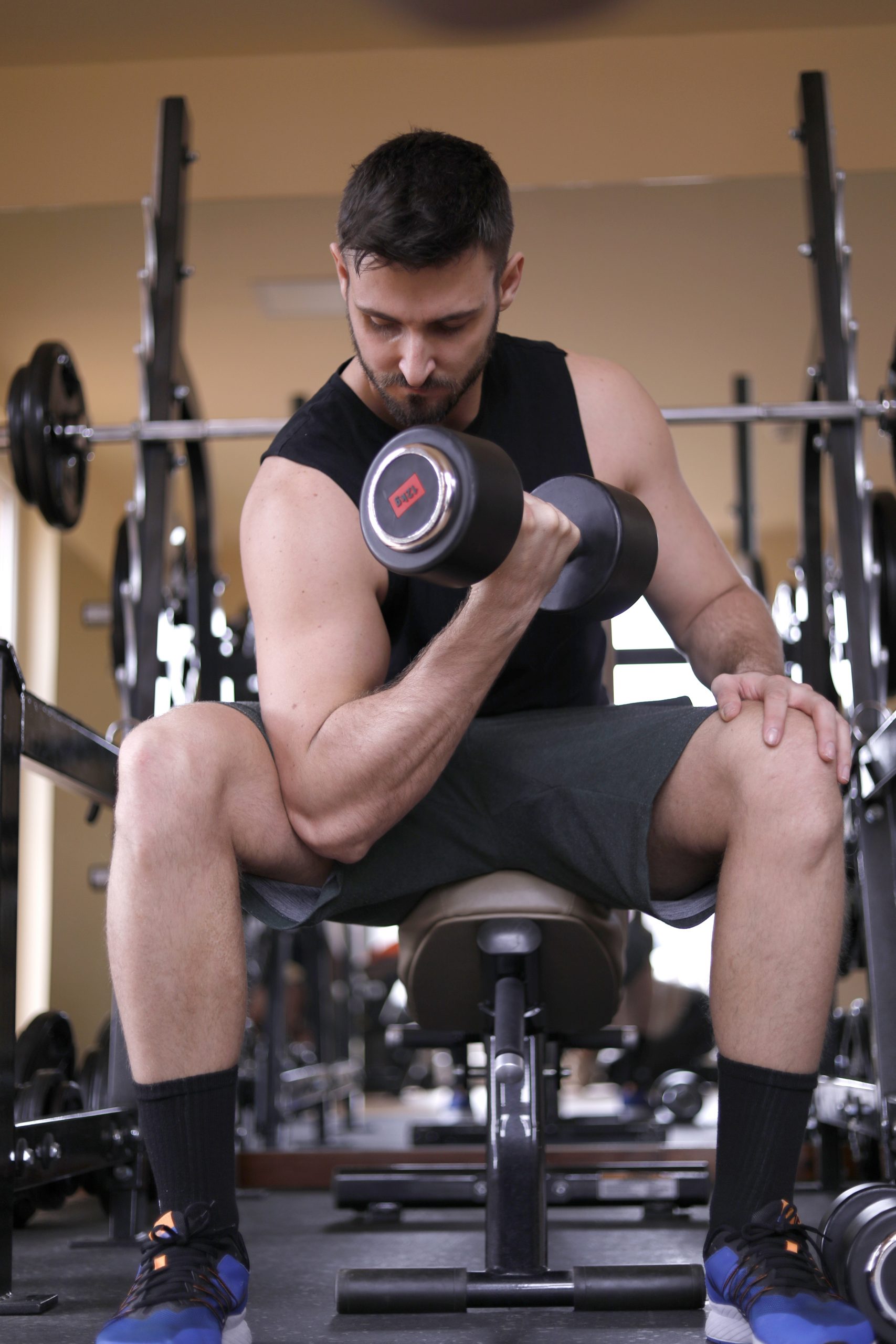Looking for a new challenge? Want to push your body to its limit? Weighted vests might just be for you. A weighted vest is used by those who have already been working out for quite some time and are ready for something more challenging and intense. They make easier exercises suddenly vigorous. These vests can yield many benefits for you like muscular and cardiovascular endurance.
The vests contain pockets in the front and back, which can be filled with steel weights or sand. The pockets are specifically measured to fit the weights to prevent the weights from moving around too much. There are a couple of pros and cons to these vests that you might want to weigh before going all in.
PROS
Added Intensity
These vests can specifically be used to help up the intensity of a workout, but even more so for those that depend on body weight exercises. It adds weight on top of your own body weight, which in turn adds more weight to the core which balances out every other part of the body, which allows a more dynamic range of motions that need extra effort to be executed.
Fully Customizable
Weighted vests give you the option of putting in more or taking out the weights that you put in them. This helps you determine what weight works for your routine, and later on the endurance you build can allow you to add even more weight to the vest. This can help with a consistency throughout your routine as you progress. Weights come in various sizes.
Portability
Weighted vests are way easier to bring around with you than actual dumbbells and kettlebells. Because these vests are wearable, you can complete all the workouts you need to do by using only the vest, which means there’s no more carrying around heavy equipment by hand. You can also bring the vest with you in your suitcase when you travel. There’s really no limit to the things you can do with a weighted vest, even just using it when walking, running or cycling suddenly becomes intense.
Use even when injured
This can also be useful when dealing with arm-related injuries that can make using hand-held weights a challenge or not even allowed. Doing certain workouts with your vest can help you even if you’re only recovering from an injury, whether minor or major. This obviously helps when you want to do your daily routine but can’t because of the injuries.
Added cardiovascular benefit
The resistance adds to the cardiovascular’s overdrive, which strengthens the lungs and a VO2 Max, which is the measure of how the body is able to consume oxygen. It also helps with lactate threshold, which is the intensity when lactate begins to accumulate in the blood.
CONS
Worsening Existing Injuries
While these vests do help you still work out while you deal with pre-existing injuries, they can also run the risk of worsening other injuries like core injuries, should injuries or back-related injuries. Consider also lessening the weight your vest contains while doing this, but it is best to consult a medical expert before going through with training.
Manifesting New Injuries
Introducing the weighted vest into your routine might result in new injuries. While the vest is worn on the shoulders, the weight on the core will still be supported by the rest of the muscle groups, the hips, knees and ankles. Improper form and pushing too much when the body is too tired can result in many different injuries. This can manifest in the form of joint injuries and pain.
Poor Fit Leading To Injury
These vests are supposed to fit you almost exactly, because loose-fitting vests with can become dangerous and disrupt the momentum of your workout. Vests should also not be too tight so as not to disrupt your balance as well. All vests come with adjustable straps but make sure that the vest generally fits right.
Weighted vests are actually harder on the heart and entire cardiovascular system which is what makes them effective. Make sure that your body can handle them by speaking to a medical professional first. Once given the go signal, try first by incorporating the vest into an interval training routine. Interval training is made up of shorter movements and then a period of rest. By doing this, you introduce your body to a new type of exercise gradually. Starting fast can increase the risk or injury or make injuries manifest later on in different ways.
Note: always use fitness equipment, including weights, very carefully. Consult with a professional trainer and/or medical professional before beginning use of weighted vests.
[/et_pb_text][/et_pb_column][/et_pb_row][/et_pb_section]